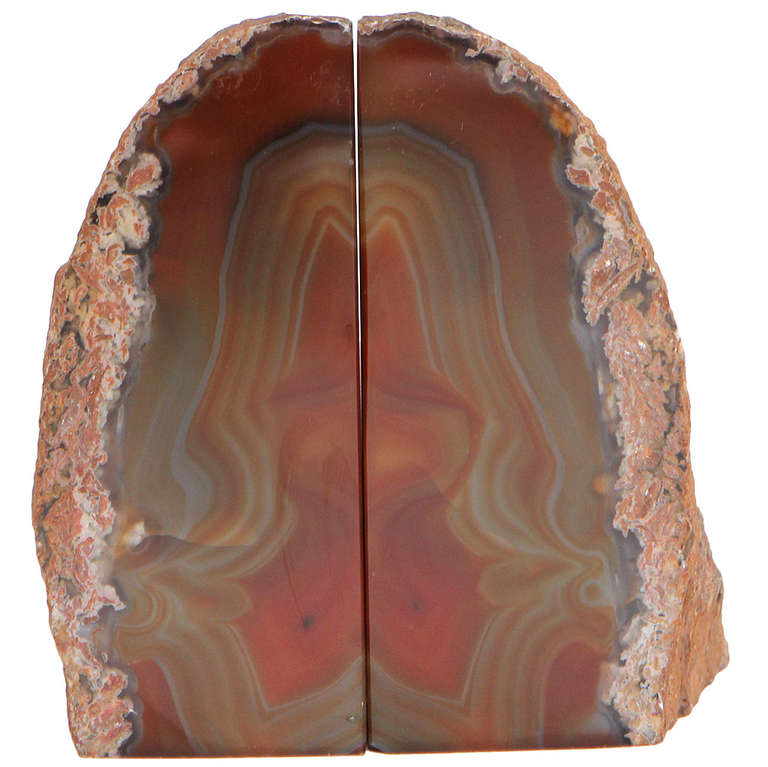
About 25-30% of the nodules have hollow cavities inside of them. Utah septarian has fairly distinctive and sometimes fairly large, honey-colored, yellow calcite crystals. There are several active leases, and most of the best nodules come from 20-30 feet underground where they are mined with the assistance of excavators. In Utah, septarian nodules are mined from the Late Cretaceous (90-100 million years old), Frontier Formation near Ordville, Utah. Most of the beautiful, commercially available material you see cut and polished is either from Utah or Madagascar. They are frequently seen from Utah, Madagascar, Morocco, New Zealand and the UK.

There appears to be certain requirements for their formation, of which include water, bentonite mud and calcium rich organic matter (such as shells). Septarian nodules can be found in sedimentary rocks around the world of various ages. The presence of these voids would seem to point to some gas expansion, rather than shrinkage being involved in their creation. Sometimes larger, crystal filled voids will remain at the center of septarian nodules, which would technically make them geodes. Dehydration and resulting shrinkage of the concretions expansion of gases produced by the decay of organic matter of the concretions core fracturing due to earthquakes or some other yet to be determined process(es). It is still under debate exactly how the cracks in the concretions occur, but many mechanisms have been proposed. The mineral/crystal filled cracks are known as “septa”. Typically siderite or aragonite gets deposited first and then calcite crystals grow on top of these deposits. Mineral rich fluids seeping through the surrounding rocks deposit minerals within the cracks.

#GEODES BOOKENDS CRACKED#
These concretions then become cracked through geological processes. Concretions generally form around a nucleus of organic matter, such as a shell and are almost always found in sedimentary rocks that were deposited underwater. Septarian nodules start out as concretions, which are basically solidified balls of mud.


 0 kommentar(er)
0 kommentar(er)
